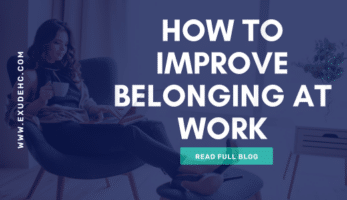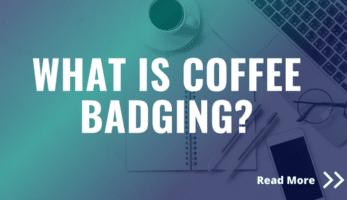Human Capital Management
4 Tips to Manage Unconscious Bias in 2021

There is a preconceived notion that because people believe themselves to be inclusive, they don’t have biases. However, the fact is that all of us have biases, both conscious and unconscious, based on our beliefs and experiences. Our brains automatically create these biases to overcome the tremendous amount of information they’re met with daily. We don’t have the cognitive energy to manage every piece of this information, therefore our brains create rules of thumb, or heuristics, to help us process.
For example, every time we see a cat, we don’t always have the time or cognitive energy to think about its tail, face, ears- our brain just labels it as a cat. We see things and categorize them, and in many situations, this can be helpful. However, if that categorization turns into a stereotype, we may begin making unfair assumptions about who people are and what they can or cannot do. That’s why it’s so critical to manage unconscious biases about individuals, especially in the workplace. Here are a few ways to do that:
- Accept that everyone has them, it’s just how our brains work and how we process information. You can accept that they exist, but you don’t have to accept that they are accurate. We are all challenged to go beyond simply being aware and to be proactive in how we manage them with our thoughts, our words, and our actions. One way to become more cognizant of your personal biases is to take Harvard’s Implicit Association Test, which can point out what assumptions you’re most likely to make and help you avoid making them.
- Always second guess yourself when making decisions. Here are a few questions to ask yourself: am I being culturally sensitive in this situation? Am I making assumptions about people? What impact will the words I’m about to say or the words I have said make on my peers? By asking yourself these questions, you are purposefully being sensitive and aware of how your thoughts or actions might affect others, and are taking the right steps to become aware of your unconscious bias.
- Utilize your coworkers or colleagues. Test out what you plan to say or do with a trusted peer and solicit their feedback before presenting it to the larger group. This can help you avoid stereotyping and causing any unnecessary anger in the organization. Additionally, set an open communication environment so that if you do make a mistake, your employees can feel comfortable addressing it. Everyone will have different biases, so encourage employees to hold each other accountable.
- Train your employees. Unconscious bias training can be extremely helpful in educating your workforce and maintaining inclusivity. The goal of our DEI training is to help individuals understand explicit and implicit bias; discover types of unconscious bias and biased behaviors; understand how to communicate more inclusively; understand the impact of bias in the workplace; and know how to identify biases along with tips for counteracting them.
While you can’t get rid of unconscious biases, you can manage them and maximize inclusivity. For more information on maximizing diversity, equity and inclusion in your workplace, or to learn more about unconscious bias training, please fill out the form below:







